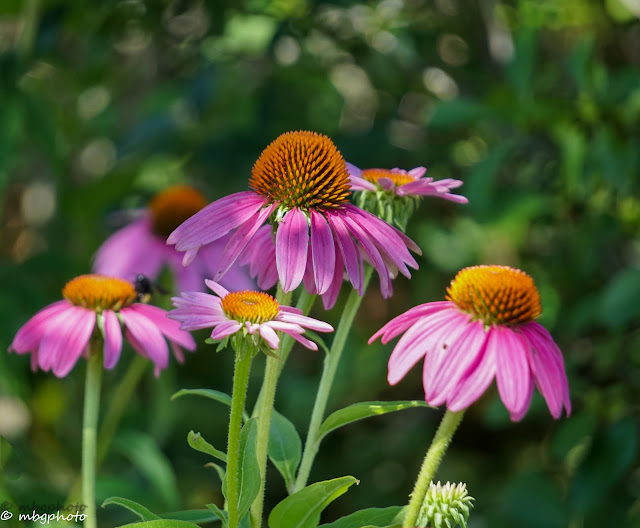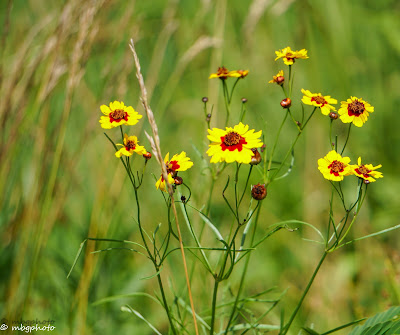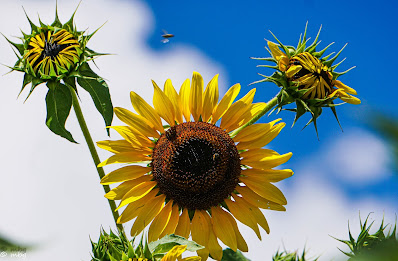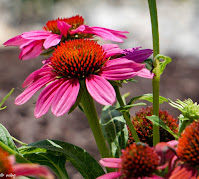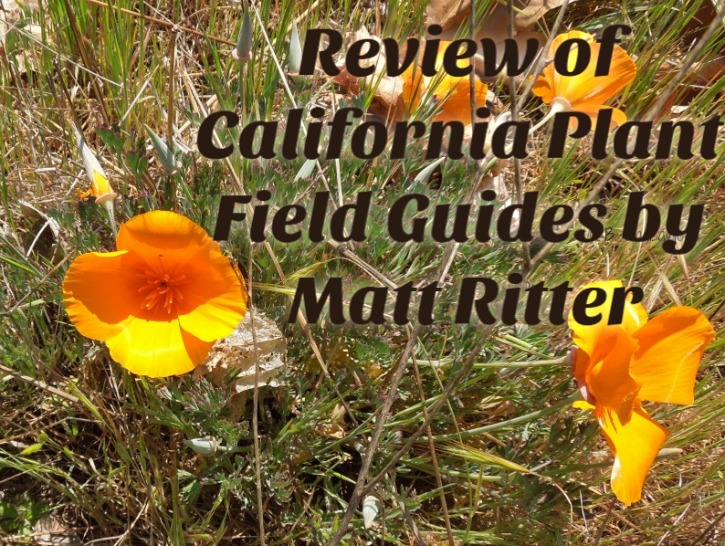Who is Matt Ritter?
Matt Ritter is a biology professor at Cal Poly, San Luis Obispo, very near my home in Paso Robles, California. I'm very interested in the plants that grow in my area, the ones I see in the streets, in the parks, and in the yards of my neighbors. I like identifying them and photographing them. That's one reason I decided to take a guided tour of the trees in City Park at the art festival there a few years ago. Matt Ritter led that walk. I saw how knowledgeable he was. Afterward I visited the native plant booth where his book,
A Californian's Guide to the Trees Among Us, was for sale. I purchased it. I've never been sorry. I've owned the book since 2011 and I use it several times each month.
Why I Like Dr. Ritter's Trees Among Us
I have many field guides for trees. So why did I buy yet another one? Dr. Ritter's book has gorgeous overview color photos of most of the trees. You see the tree's shape and usually a closeup of the bark, the leaves, and even the fruits or seed pods. Most tree pages have an inset that gives information about other trees that may be confused with the tree pictured. If a tree has many different species living in California, there may be an inset that helps you see the differences and identify the individual species.
Whereas my
Peterson Field Guide to Western Trees has maps, color photos of trees and fruits, and detailed plant descriptions, it doesn't have the same kind of photos of entire trees.
Trees Among Us shows photos of some of the large trees next to buildings so one can better see their actual size. The descriptions of the trees also are more interesting to those of us who are not botanists. In some cases we learn about the tree's history in California -- how it got here, how it's been used, or something else special about it. The introduction provides classification and other scientific information. If you live in California and love trees, you really need to get this book.
 |
| A Catalpa Tree I Identified with Help from The Trees Among Us |
Our Country Registrar has an office above the Atascadero Library, and my husband decided to fill out his early ballot in the library and then take it to the clerk. I had already turned my ballot in, so I checked the new books on the shelf. That's how I found Matt Ritter's California Plants: A Guide to Our Iconic Flora. I was quite excited and checked it out immediately to look it over. I fully intend to buy it when I have to return it.
This book describes the native flowers, trees, and shrubs one will be most likely to see when exploring California's forests, trails, and scenic routes. Habitats range from shrublands to beaches, desert, forest and everything in between. Plant entries are arranged by their habitat. There are over 1000 color photos and photo collages (showing various parts of plants), along with maps showing the range of most pictured plants. You may see a field of wildflowers along with a close up shot of a single plant. As in
Trees Among Us, there are stories and background information on the plants and their origins (if non-native) and their uses by native peoples. I did not find a lot of duplication between the trees in this book and the trees in
California Plants.
Trees Among Us concentrates more on urban and suburban trees than those that are uncultivated.
 |
| California Plants has a lot to say about this wild mustard. |
At the back of the book there's a section featuring non-native plants. It includes many of the weeds I've found in my garden. You will also find a glossary, bibliography, list of online resources and botanical gardens, a tree identification flowchart, a wildflower identification color chart, and an index.
Although I have other wildflower books, The Audubon guides cover too much territory, have smaller photos, and separate photos from their descriptions. The
Peterson Field Guide to Pacific States Wildflowers is arranged by color, form and detail. Most of its drawings are not in color but black and white. There aren't any photos. And there aren't any trees or shrubs. Dr. Ritter's book has everything -- not just flowers.
Plants of San Luis Obispo: Their Lives and Stories
This is similar to
California Plants but limits itself to 206 plants found in and near San Luis Obispo. Like Ritter's other books, it has full-color photos, but no range maps. I have compared the entries for some of the plants that appear in both books, and they are not identical. Others I have compared are identical but an identical photo may be of better quality in one book or the other. In some cases the photos are different. If you have to choose, I'd go with
California Plants, since it's more complete.
My Recommendation
These books are all wonderful additions to any California nature lover or gardener's library. I'm a nature and gardening blogger and find them the most useful books I have for identifying what I see when I go on photo walks. These books are beside me when I start trying to figure out the names of the plants I've seen and photographed. These books would be welcomed as gifts by California hikers, campers, nature photographers, and gardeners who like understanding what they see.
You may also be interested in my review of
Nature's Everyday Mysteries.
See all Book reviews on this site here.
 |
| I identified this redwood by using The Trees Among Us |
Note: The author may receive a commission from purchases made using links found in this article. “As an Amazon Associate, Ebay (EPN), Esty (Awin), and/or Zazzle Affiliate, I (we) earn from qualifying purchases.”
